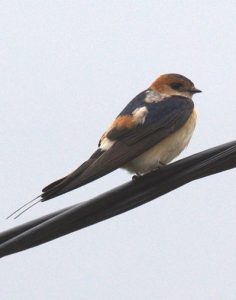Conservation Biology and SLOSS , Part II: Parallel Processing and Network Topology

Consider the following two system conditions and theoretical assumptions. First, a large nature reserve has a smaller periphery than several small ones with the same total area. Thus, all other factors equal, a smaller periphery pr. unit area of a large reserve implies a higher implicit survival rate for its embedded species. Fewer animals are “lost in space” due to accidentally diffusing out of their reserve. Consequently, a larger reserve is expected to have a proportionally larger species abundance of animals than a fragmented mosaic of smaller reserves, right? Second, again considering all other factors equal, distant reserves are functionally less connected. In other words, the population dynamics of two reserves in close proximity are assumed to be more in sync or anti-sync from intra-population dynamics than more distant ones, right? The conventional answers are obviously “yes”, but… In my previous post I referred to empirical results on snail kite Rostrhamus sociabilis plumbe...